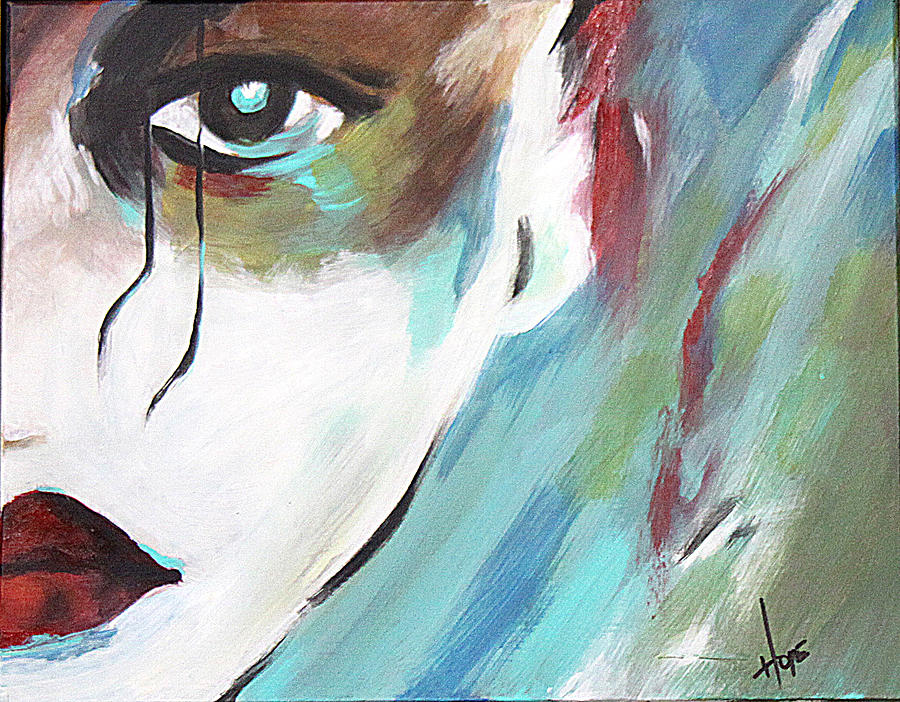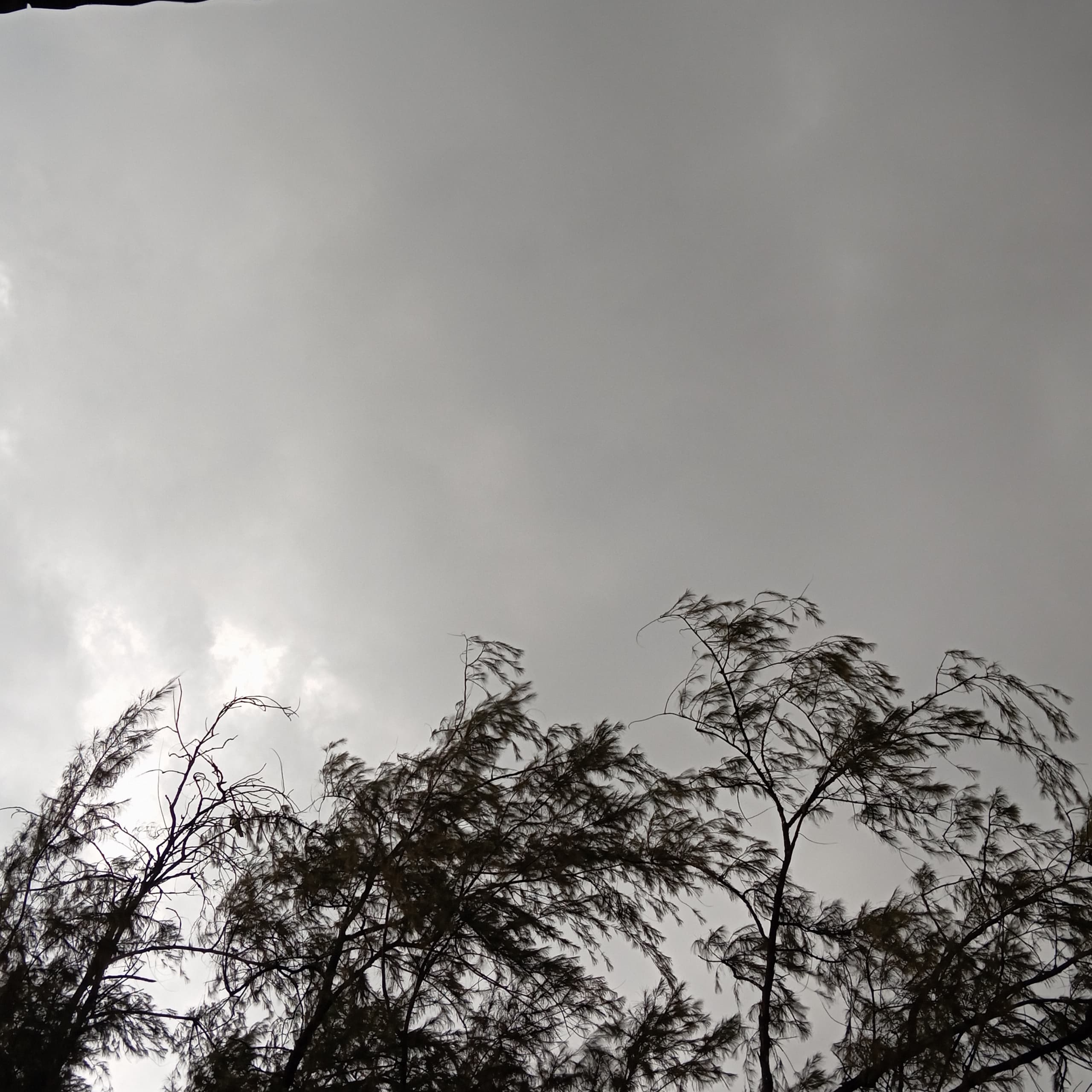The Hollywood African Accent

Coming 2 America, Black Panther, Rise, The Woman King and Concussion. All these movies have one thing in common. No, it’s not the primarily black cast or leads. It is the fact that they have black characters that are supposed to originate from one country or another in Africa and hence try to produce an accent to match.
Hollywood over the years has had a long history of creating its own take on what it means to sound “African,” creating a singular and often stereotypical accent to represent an entire continent of over 1.4 billion people spread across 54 diverse countries. What Hollywood seems to forget is that there is no African accent, but differing accents dependent on country or region. Hence, the Hollywood African accent ends up sounding like a mishmash of accents and an East African one at best.
Africa is home to thousands of languages and dialects. Each language carries its own cadence, tone, and rhythm, influenced by the cultural and geographical nuances of the region. These are carried over to how English words are pronounced creating the accents for each region.
The origins of this Hollywood African accent can be traced back to the industry’s tendency to generalize and simplify cultural identities. Early films featuring African characters rarely consulted linguists or cultural experts, instead opting for what Western audiences might perceive as “exotic” or “foreign.” The result was a caricatured accent that bore little resemblance to any real African speech patterns but fit comfortably within the Western imagination.
Over time, this became the default for African characters in Hollywood. Actors were coached to speak in a way that mimicked previous portrayals rather than authentic accents. This cycle of imitation and repetition solidified the Hollywood African Accent.
The movie-going experience is one designed to draw viewers away from their reality and into the story being portrayed. This Hollywood African Accent often serves as a deterrent to this. As many audiences whom the actual accent of the character is familiar to, immediately recognize its lack of connection to any real-world accent.
What makes the Hollywood African accent even more frustrating is that African-American actors and sometimes even African actors are perpetuating it. Movies from recent years, such as Black Panther and The Woman King, claim to have incorporated linguistic elements from Xhosa and West African speech patterns respectively. However, both of these movies failed at their accent game with only Winston Duke (M’Baku) and John Boyega (King Ghezo) serving as the exception respectively.
The only way to truly dismantle this Hollywood African Accent is through proper research, hiring African actors to play African characters, consulting with linguists and hiring African dialect coaches.
With the cast of the film adaption of the African-based novel, Children of Blood and Bone, being announced, one can only prepare to recoil at the terrible accents about to be unleashed on screen, with repeat offenders such as Viola Davis and Thuso Mbedu being cast for the movie. At least, Chiwetel Ejiofor will be there to provide some respite.
Oluwapelumi Akin-Ajani





Well written